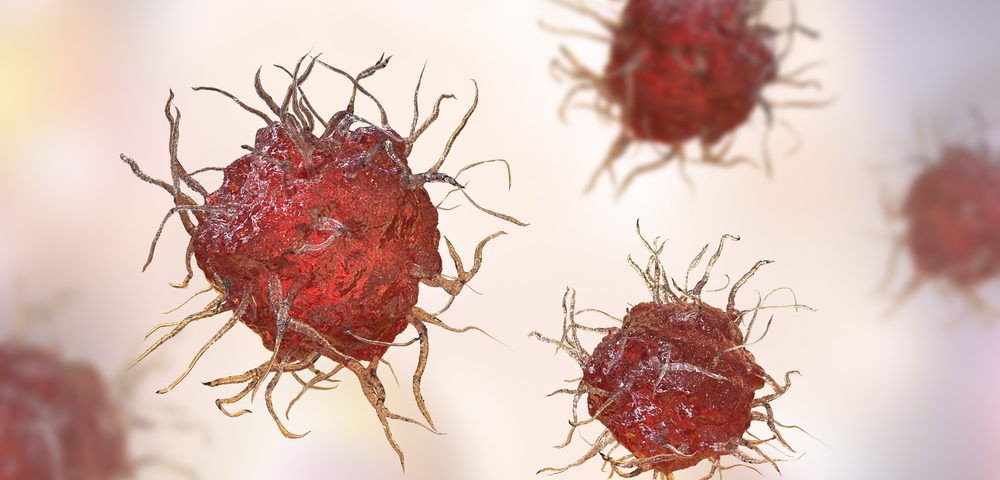Researchers have determined that the chickenpox vaccine is safe for children with juvenile chronic arthritis and other rheumatic diseases undergoing intensive immunosuppressive therapy, as long as they complete a pre-vaccination check-list.
The conclusions are outlined in the study, “Varicella-zoster-virus vaccination in immunosuppressed children with rheumatic diseases using a pre-vaccination check list,” published in the journal Pediatric Rheumatology.
Currently, the European League Against Rheumatism says that live-virus vaccines are not suitable for children receiving intensive immunosuppressive treatment, such as high-dose disease-modifying antirheumatic therapies, due to concerns about safety and effectiveness.
As a result, a large number of children with rheumatic diseases, including juvenile arthritis, are at risk for severe chickenpox or herpes zoster infections.
Researchers hypothesized, however, that children with juvenile chronic arthritis and other rheumatic diseases undergoing immunosuppressive therapy may safely receive the chickenpox vaccine, called the varicella-zoster virus (VZV) vaccine. To test their hypothesis, they conducted a small study (21654693) at the German Center for Pediatric and Adolescent Rheumatology.
Researchers developed an immunological-based pre-vaccination checklist to assess the children regardless of the type of their immunosuppressive treatment. The checklist included patients’ medical history and a physical examination.
Patients also underwent laboratory testing to determine current immunological reactivity, and they were categorized according to treatment in low-intensity immunosuppressive therapy (LIIS) or high-intensity immunosuppressive therapy (HIIS).
Researchers defined a set of parameters in the pre-vaccination checklist to identify patients who met the criteria and were eligible for vaccination.
“The implementation of the pre-vaccination checklist ensured immune competence prior to vaccination,” researchers wrote.
Patients at risk for developing severe chickenpox then received the VZV vaccine.
Within four to 12 weeks after vaccination, patients or their parents, as well as pediatricians, completed a questionnaire that assessed vaccination-associated side effects or signs of flare from rheumatic disease. If any sign of a side effect was present, further details were obtained by telephone interview.
The study enrolled 23 patients. Nine patients had previously received one VZV vaccination before initiating immunosuppressive therapy and received a second dose in the study.
Of the 15 patients who had not had VZV, six received one vaccination (three in the LIIS group and three in the HIIS group), and nine received two shots of the vaccine (four in the LIIS group and five in the HIIS group).
The results showed that, in general, VZV vaccinations were well-tolerated. In total, 21 patients (91 percent) showed a positive response to the vaccine. The other two patients (in the HIIS group) failed to develop protective antibodies upon VZV vaccination. No cases of vaccine-induced varicella disease symptoms and no disease flare-up following vaccination were reported.
Also, upon a median follow-up of three years after vaccination, researchers registered no cases of chickenpox or herpes zoster in the groups that were studied.
Overall, “VZV vaccination is safe and largely immunogenic in children with ongoing IS [immunosuppression] fulfilling an immunological based pre-vaccination checklist,” researchers wrote.

